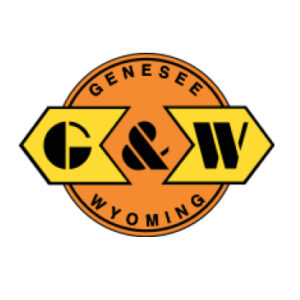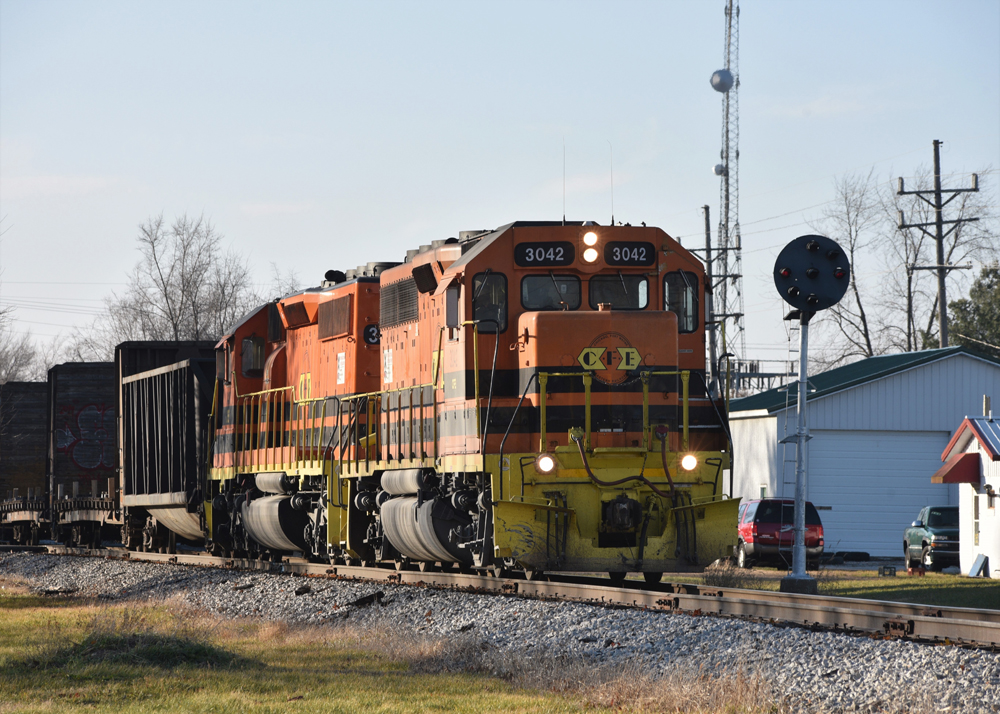 Genesee and Wyoming Incorporated summary
Genesee and Wyoming Incorporated summary
Genesee and Wyoming Incorporated (GNWR) is a holding company that manages more than a hundred freight railroads worldwide. It’s owned by Brookfield Infrastructure Partners and GIC. Headquartered out of Darien, Connecticut, the company owns or leases 115 short line and regional railroads throughout North America and Europe.
History
The Genesee & Wyoming Valley Railroad was a 14-mile line short line in Upstate New York with the original purpose of hauling salt from the Retsof Mine. By 1899, industrialist Edward Layton Fuller had taken full control of both the mining company and the reformed Genesee & Wyoming Railroad. The G&W continued its partnership with the salt business as a family firm until Layton Fuller’s great-grandson, Mortimer Fuller III, became the CEO in 1977.
With a career in real estate development, Fuller pushed to expand. A reorganization of the railroad took place shortly after Fuller became CEO with Genesee & Wyoming Incorporated as the holding company it is today. The Staggers Act of 1980 set the stage for the company to acquire dozens of secondary and branch lines that were spun off by the Class I railroads in a rapid pace. Since 1985, the Genesee & Wyoming’s business has diversified from simply hauling salt to a railroad operation on a much broader scale.
The GNWR was a public company from 1996 until 2019 when it was privatized under the acquisition from Brookfield Infrastructure and GIC.
Operations

Genesee & Wyoming serves 43 U.S. states and four Canadian provinces with 112 railroads operating throughout North America. The company’s Freightliner group in Europe serves as the largest rail maritime intermodal operator and second-largest freight rail provider in the United Kingdom. Services are also provided on continental Europe. Other operations include more than 30 major ports, rail-ferry service between the Southeast and Mexico, transload services, and railcar switching and repair.
The company’s acquisitions fall into five categories as part of the strategic growth. The first being independent regional or shortline railroads. The second being “industrial railroads” owned by companies in other business but kept for their original purposes. The third is the international market in Europe. The fourth are new branch lines to reach natural resources. The fifth are spin-off lines from the Class I railroads. The managing of the vast assets at Genesee & Wyoming’s disposal is made possible through “compartmentalization.” By keeping parts of the whole system separate from one another, the underperformance of one property wouldn’t affect others or the entire company.
The roster on the Genesee & Wyoming is a variety of EMD four and six-axle diesel locomotives. Many are painted in the company’s color scheme of orange and black as a callback to the Princeton Tigers, Fuller’s college’s sports team. Over the years, the G&W has set goals to reduce leased equipment and standardizing the company’s own fleet of locomotives. This is to provide efficient maintenance practices and ultimately lead towards increase reliability for the motive power.
Read more about Genesee and Wyoming Incorporated in Trains’ June 2010 issue.









